Home>Articles>What Should Be Done After Reassembling A Laptop But Before Installing The Battery Or Ac Adapter
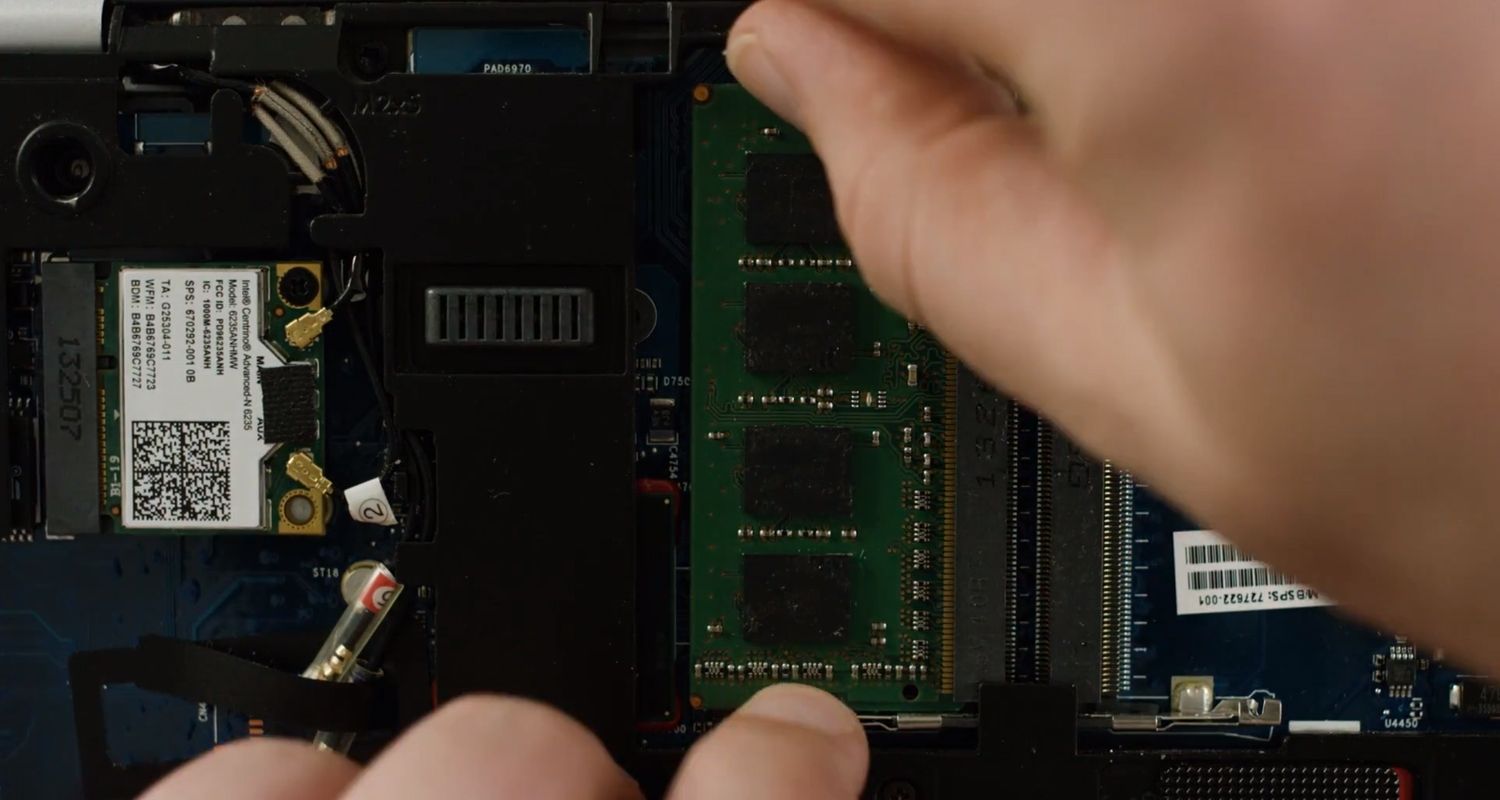

Articles
What Should Be Done After Reassembling A Laptop But Before Installing The Battery Or Ac Adapter
Modified: December 7, 2023
Learn the essential steps to follow after reassembling a laptop but before installing the battery or AC adapter. Explore our insightful articles for expert guidance.
(Many of the links in this article redirect to a specific reviewed product. Your purchase of these products through affiliate links helps to generate commission for Storables.com, at no extra cost. Learn more)
Introduction
Assembling a laptop can be an intricate process that requires careful handling of various components. After successfully reassembling your laptop, it’s essential to take certain precautions before installing the battery or AC adapter. This crucial step will ensure that your laptop functions optimally and avoids any potential damage.
In this article, we will discuss the necessary steps you should follow after reassembling your laptop but before connecting the battery or AC adapter. By adhering to these precautions, you can minimize the risk of electrical shock and avoid any potential damage to your laptop components.
Let’s dive into the details and explore the essential steps you need to take for a smooth and safe laptop setup process.
Key Takeaways:
- Before installing the battery or AC adapter, ensure safety by grounding yourself, working in a clean environment, and disconnecting the power source. Cleaning components, checking connections, and testing the laptop without power are crucial steps for a smooth setup process.
- After reassembling a laptop, take precautions such as cleaning components, checking for loose connections, and testing the laptop without power. Installing the battery and connecting the AC adapter should be done carefully to ensure optimal performance and longevity of the device.
Read more: What Is An Ac Adapter For A Laptop
Precautions before Handling Laptop Components
Before you start handling laptop components, it’s important to ensure your own safety and the safety of the equipment. Here are some precautions you should take:
- Ground Yourself: Before touching any of the laptop components, it’s crucial to ground yourself. This can be done by touching a grounded metal object or wearing an anti-static wristband. Grounding prevents the buildup of static electricity, which can damage sensitive electronic components.
- Work in a Clean Environment: Ensure that you are working in a clean and dust-free environment. Dust particles can cause problems like overheating and short circuits. Use an anti-static mat and clean tools to minimize the risk of damage.
- Disconnect the Power Source: Before opening the laptop, make sure it is turned off and disconnected from any power source. This includes unplugging the AC adapter and removing the battery if it is still in place.
- Refer to the Laptop Manual: Each laptop model may have specific instructions for handling its components. It is advisable to consult the laptop’s manual or manufacturer’s website for any specific precautions to follow.
By following these precautions, you can significantly reduce the risk of damaging the laptop components during the handling process.
Cleaning the Laptop Components
Once you have taken the necessary precautions, it’s time to clean the laptop components before proceeding with the installation. Dust and debris can accumulate over time and hinder the performance of your laptop. Here’s how you can clean the laptop components:
- Cleaning the Exterior: Start by wiping the exterior surface of the laptop with a soft, lint-free cloth. Use a mild cleaning solution or isopropyl alcohol to remove any stubborn stains or fingerprints. Avoid using harsh cleaning chemicals that can damage the laptop’s casing.
- Keyboard and Touchpad: Use compressed air or a small brush to remove any dust or debris lodged between the keys of the keyboard. For the touchpad, gently wipe it with a microfiber cloth or a cotton swab dampened with a mild cleaning solution.
- Screen Cleaning: Clean the laptop screen with a microfiber cloth lightly moistened with a specialized screen-cleaning solution. Avoid using abrasive materials or excessive pressure while cleaning the screen to prevent damage.
- Internal Components: If you notice dust or debris inside the laptop’s vents or fan, you can use compressed air to gently blow away the particles. Be careful not to hold the canister too close to the components, as this can cause damage. Alternatively, you can use a small brush to carefully remove the dust.
Cleaning the laptop components ensures that they are free from dirt and debris, optimizing their performance and preventing potential overheating issues. Take your time during this step to ensure thorough cleaning.
Checking for Loose Connections
After cleaning the laptop components, it’s important to check for any loose connections before proceeding further. Loose connections can cause issues such as intermittent power, display problems, or malfunctioning peripherals. Follow these steps to ensure all connections are secure:
- Inspect External Cables: Check the cables connecting external devices like the mouse, keyboard, and display. Ensure that they are properly plugged in and secure. If any cables appear damaged or frayed, consider replacing them.
- Check Internal Connections: Open the laptop and carefully inspect the internal connections. Start by checking the connection between the hard drive and motherboard. Make sure it is properly seated and secured. Additionally, check the connections of any expansion cards or memory modules to ensure they are firmly in place.
- Inspect Display and Webcam Cables: The display and webcam cables can sometimes come loose during the reassembly process. Gently check the connections of these cables to the display panel and motherboard to ensure they are properly seated.
- Test Peripherals: After checking the main connections, test any peripherals such as USB ports, audio jacks, and card readers. Connect devices to these ports and ensure they are functioning correctly. Be on the lookout for any loose connections or non-responsive ports.
By thoroughly checking for loose connections, you can avoid potential issues that may arise from poor connectivity. Secure connections ensure proper functionality and prevent any future problems with your laptop.
Testing the Laptop without the Battery or AC Adapter
Before installing the battery or connecting the AC adapter, it is essential to test the laptop’s basic functionality. This step will help identify any potential issues or errors before proceeding further. Here’s how you can test your laptop without the battery or AC adapter:
- Ensure Proper Discharge: If you have previously used the laptop, make sure it is completely powered off. Press and hold the power button for a few seconds to discharge any residual power.
- Remove the Battery: If the battery is already installed, carefully remove it from the laptop. Refer to the laptop’s manual for instructions on removing the battery, as different models may have varying mechanisms.
- Disconnect the AC Adapter: Unplug the AC adapter from the laptop to ensure that there is no power supply connected.
- Press the Power Button: Press the power button and observe the laptop’s response. If the laptop powers on and displays any signs of activity, such as LED lights turning on or fans spinning, it indicates that the essential components are functioning correctly.
- Check for Error Messages: If your laptop displays any error messages, take note of them as they can indicate potential issues with hardware or software. Note down the error codes or messages for troubleshooting purposes.
Testing the laptop without the battery or AC adapter helps ensure that the core components are functioning correctly. It allows you to spot any issues or errors before proceeding with the installation, saving you time and potential frustration in the long run.
Before installing the battery or AC adapter, it’s important to double-check all the connections and ensure that all the components are properly reassembled. This includes checking the keyboard, screen, and any other peripherals to avoid any potential issues.
Installing the Battery
After testing the laptop without the battery or AC adapter, it’s time to install the battery. Installing the battery properly is crucial for ensuring uninterrupted power supply and the smooth functioning of your laptop. Here are the steps to follow:
- Charge the Battery: Before installation, ensure that your battery is sufficiently charged. It is recommended to charge the battery completely for optimal performance.
- Check Battery Compatibility: Verify that the battery you are installing is compatible with your laptop model. Check the battery specifications and compare them with your laptop’s manual or manufacturer’s specifications.
- Locate the Battery Slot: Locate the battery slot on the underside of your laptop. It is usually located towards the back or side of the laptop. Refer to your laptop’s manual or manufacturer’s website for specific instructions on locating the battery slot.
- Align and Insert the Battery: Align the battery with the slots in the battery compartment, ensuring that the connectors match. Gently insert the battery into the slot and apply slight pressure until you hear a click, indicating that the battery is securely in place.
- Confirm Battery Connection: Once the battery is inserted, check for any wobbling or loose connection. Ensure that it fits snugly without any gaps.
- Power On the Laptop: With the battery installed, press the power button to turn on your laptop. Observe if the laptop powers on without any issues. If it does, you have successfully installed the battery.
Installing the battery is a straightforward process, but it is crucial to follow the correct steps and ensure compatibility for optimal performance. Make sure to refer to your laptop’s manual or manufacturer’s guidelines if you have any doubts or specific instructions.
Connecting the AC Adapter
After installing the battery, the next step is to connect the AC adapter to your laptop. The AC adapter provides power to the laptop and charges the battery. Here are the steps to properly connect the AC adapter:
- Locate the Power Input Jack: Identify the power input jack on your laptop. It is typically located on the side or back of the laptop. Refer to your laptop’s manual or manufacturer’s guidelines if you are unsure about the location.
- Check the AC Adapter: Ensure that you are using the correct AC adapter that came with your laptop or a compatible replacement. Using a mismatched or lower-rated adapter can damage your laptop.
- Plug in the AC Adapter: Take the connector end of the AC adapter and align it with the power input jack on your laptop. Gently but firmly push the connector into the jack until it is fully seated. You should feel a snug fit without any wobbling.
- Connect to the Power Source: Plug the AC adapter into a nearby power outlet or surge protector. Ensure that the power source is functioning correctly and delivering the appropriate voltage for your laptop.
- Monitor the Charging Indicator: Once the AC adapter is connected, keep an eye on the laptop’s charging indicator. This indicator light or LED will provide information about the battery’s charging status. It should start glowing or blinking, indicating that the battery is being charged.
Connecting the AC adapter is a crucial step in ensuring that your laptop receives a steady power supply and that the battery is charged properly. Make sure to use the correct AC adapter and follow the manufacturer’s guidelines for optimal performance.
Final Checks Before Turning on the Laptop
Before you power on your laptop and start using it, it’s important to perform a few final checks to ensure everything is in order. These checks will help ensure that your laptop is ready for use and minimize the risk of any potential issues. Here are the final checks you should perform:
- Confirm all Components are Secure: Make sure that all the laptop components, including the battery, AC adapter, and any peripherals, are securely connected. Check for any loose connections or cables that may need adjustment.
- Check for Any Obvious Damage: Inspect your laptop for any signs of physical damage, such as cracks, dents, or loose parts. If you notice any damage, it’s important to address it before turning on the laptop.
- Clean the Keyboard and Trackpad: Give the keyboard and trackpad one final cleaning to remove any dust or debris. This will ensure smooth operation and prevent any interference with input devices.
- Inspect the Display: Check the laptop’s display for any dead pixels or abnormalities. Look for any flickering, discoloration, or uneven brightness. If you notice any issues, contact the manufacturer for further assistance.
- Review BIOS/UEFI Settings: Access the BIOS/UEFI settings by pressing the designated key during boot-up (usually F2, Del, or Esc). Review the settings and ensure they are correctly configured for your laptop model and desired preferences.
- Run Hardware Diagnostics: Many laptops have built-in diagnostic tools that can help identify hardware issues. Run a quick diagnostic test to ensure that all hardware components are functioning as expected.
By performing these final checks, you can ensure that your laptop is in optimal condition and ready for use. It’s better to address any potential problems before turning on the laptop to avoid further issues or damage.
Conclusion
Reassembling a laptop can be a complex process, and it’s important to follow the necessary precautions and steps to ensure everything is in order before installing the battery or AC adapter. Taking the time to clean the laptop components, check for loose connections, and perform tests will help ensure optimal performance and minimize the risk of any potential issues.
By grounding yourself, working in a clean environment, and disconnecting the power source, you can safely handle the laptop components without the risk of electrical shock. Cleaning the laptop components removes dust and debris, improving performance and preventing overheating.
Checking for loose connections is crucial to ensure that all internal and external cables and peripherals are securely connected. Testing the laptop without the battery or AC adapter allows you to identify any potential issues or errors before proceeding further.
Once you have completed these steps, you can install the battery and connect the AC adapter. Ensure proper alignment and connection, and monitor the charging indicator to ensure the battery is being charged correctly.
Before turning on your laptop, perform final checks to confirm all components are secure, and there is no obvious damage. Clean the keyboard and trackpad, inspect the display, review BIOS/UEFI settings, and run hardware diagnostics if available.
By following these precautions and performing these necessary steps, you can ensure a smooth and safe setup process for your laptop. Ultimately, these efforts will contribute to the optimal performance and longevity of your laptop, providing you with a reliable device for all your computing needs.
Frequently Asked Questions about What Should Be Done After Reassembling A Laptop But Before Installing The Battery Or Ac Adapter
Was this page helpful?
At Storables.com, we guarantee accurate and reliable information. Our content, validated by Expert Board Contributors, is crafted following stringent Editorial Policies. We're committed to providing you with well-researched, expert-backed insights for all your informational needs.

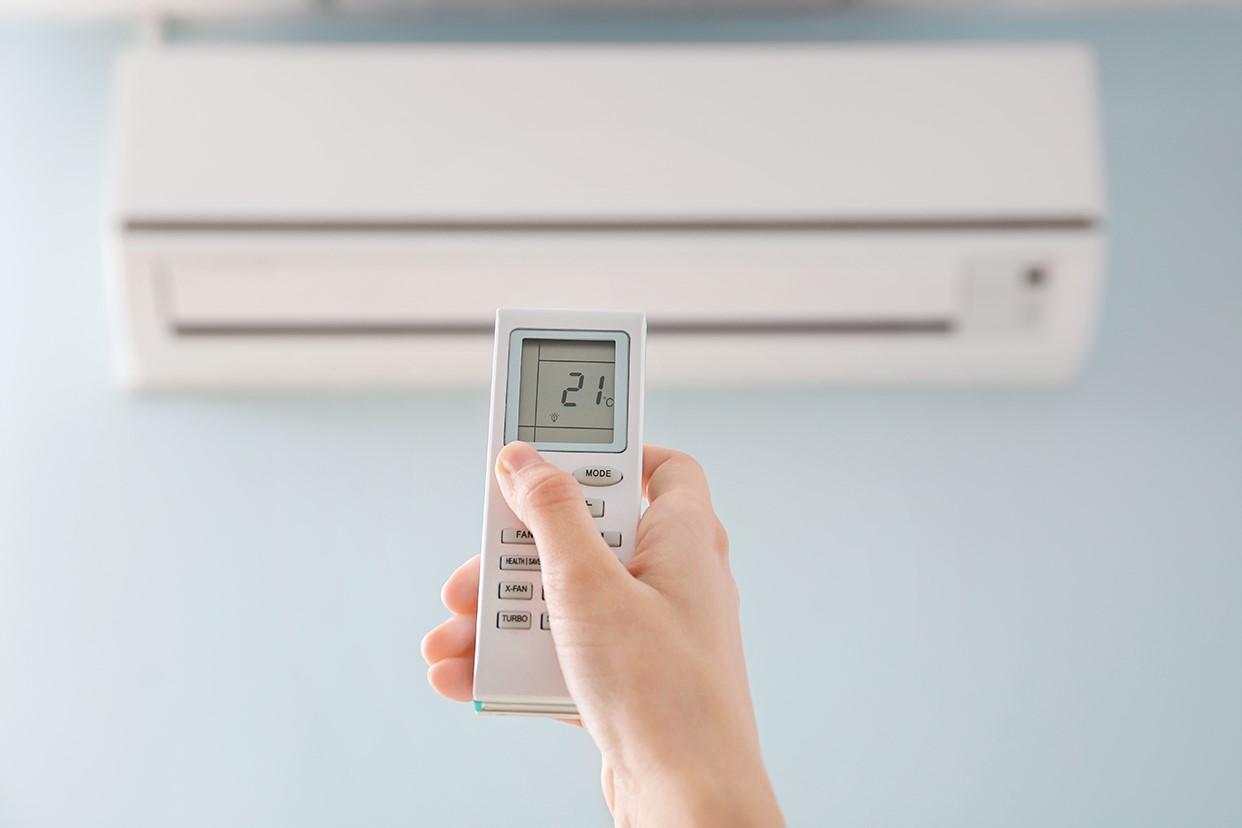
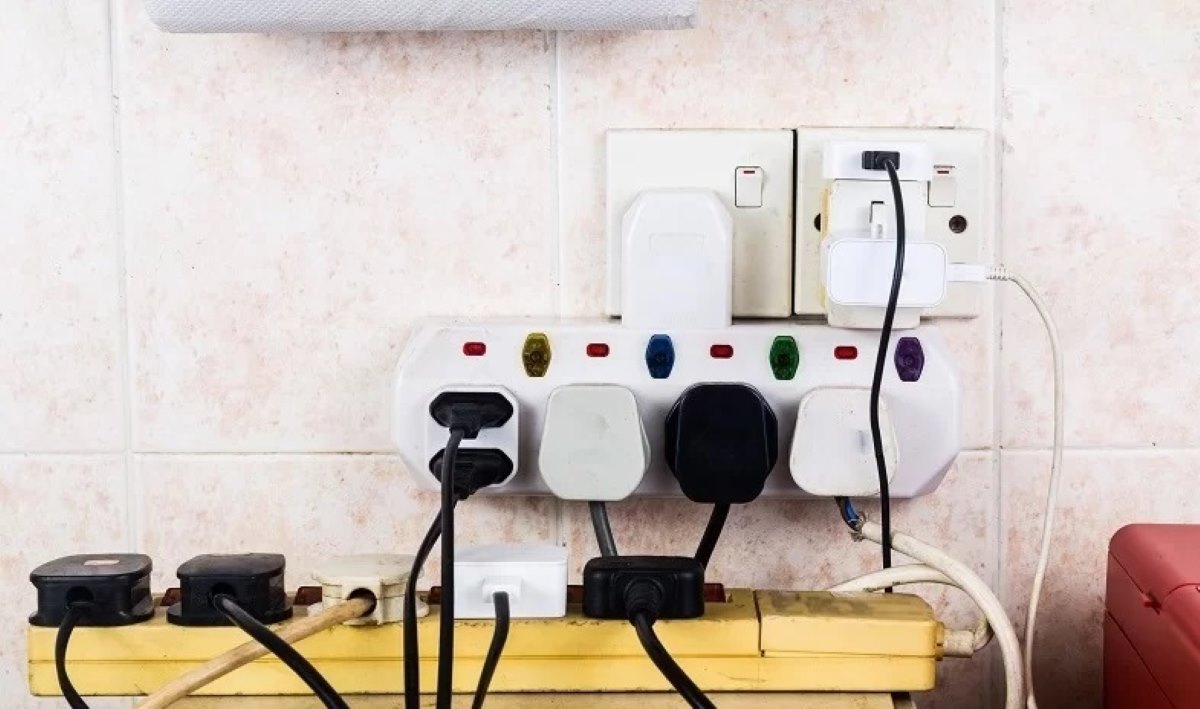
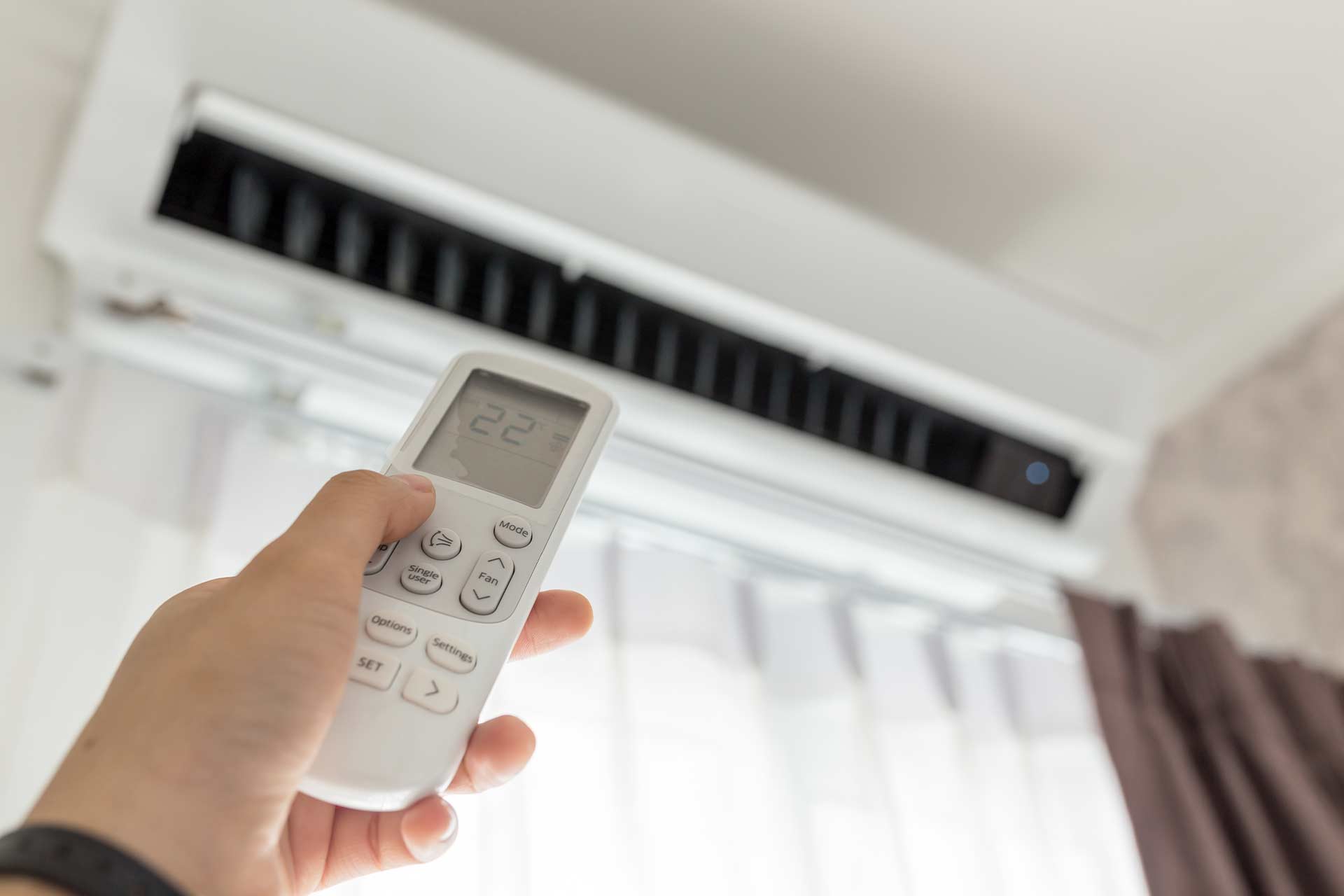
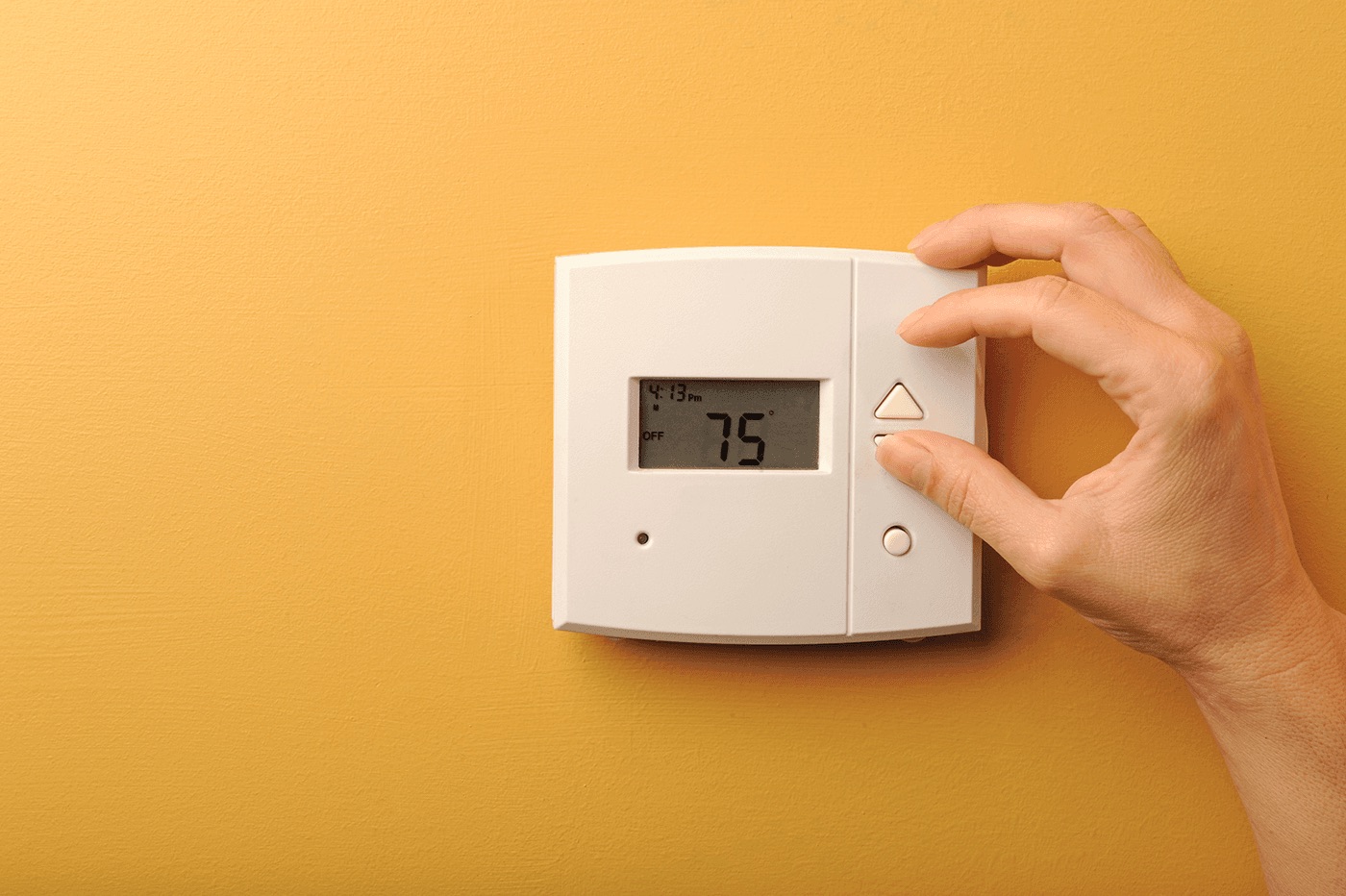
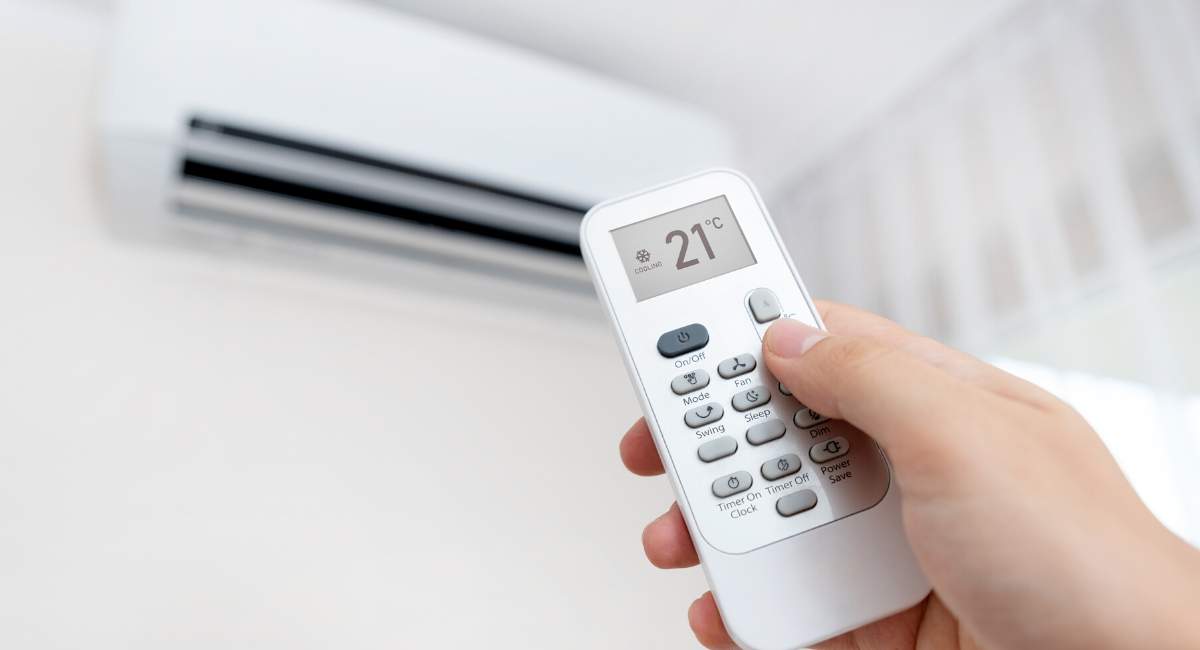
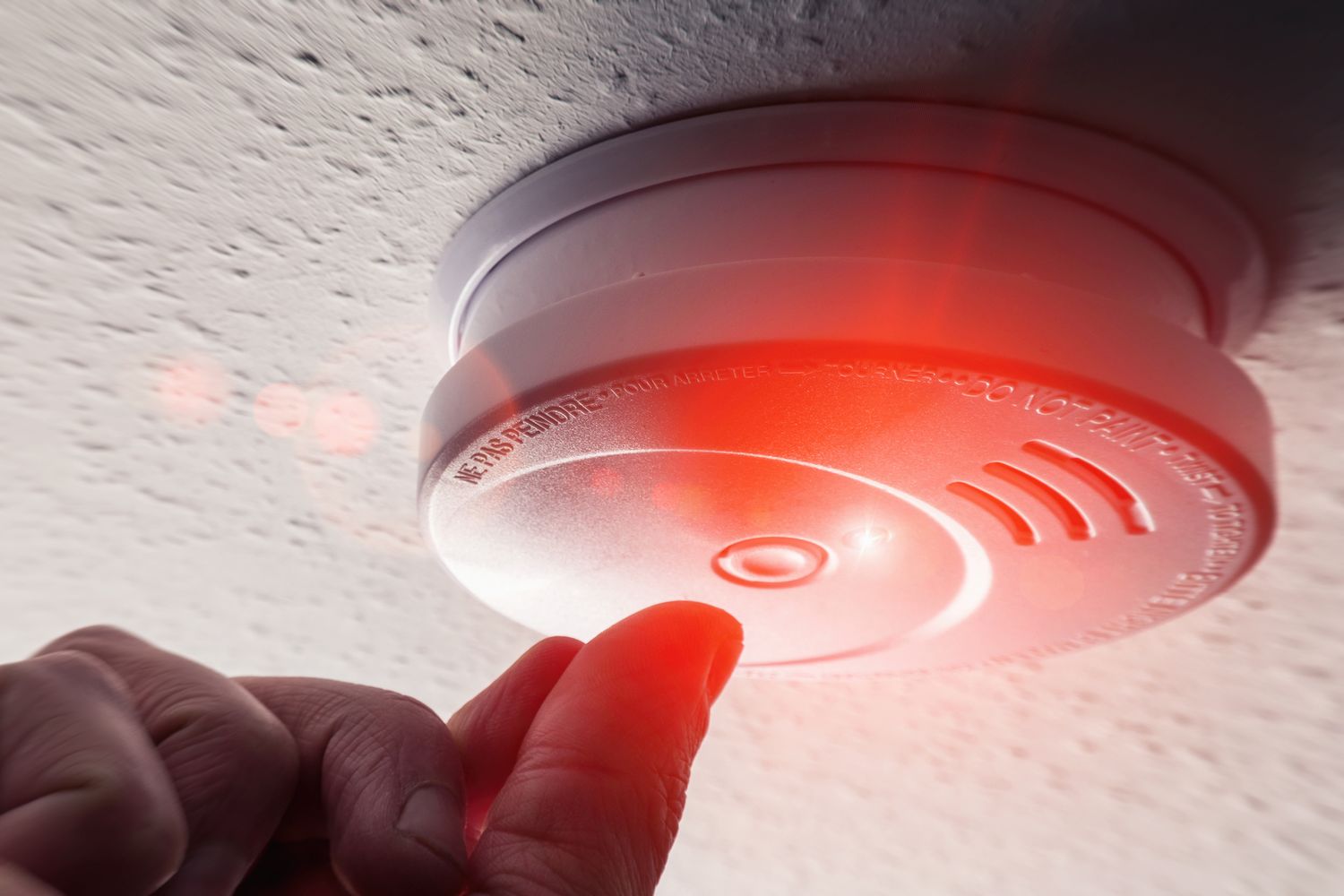

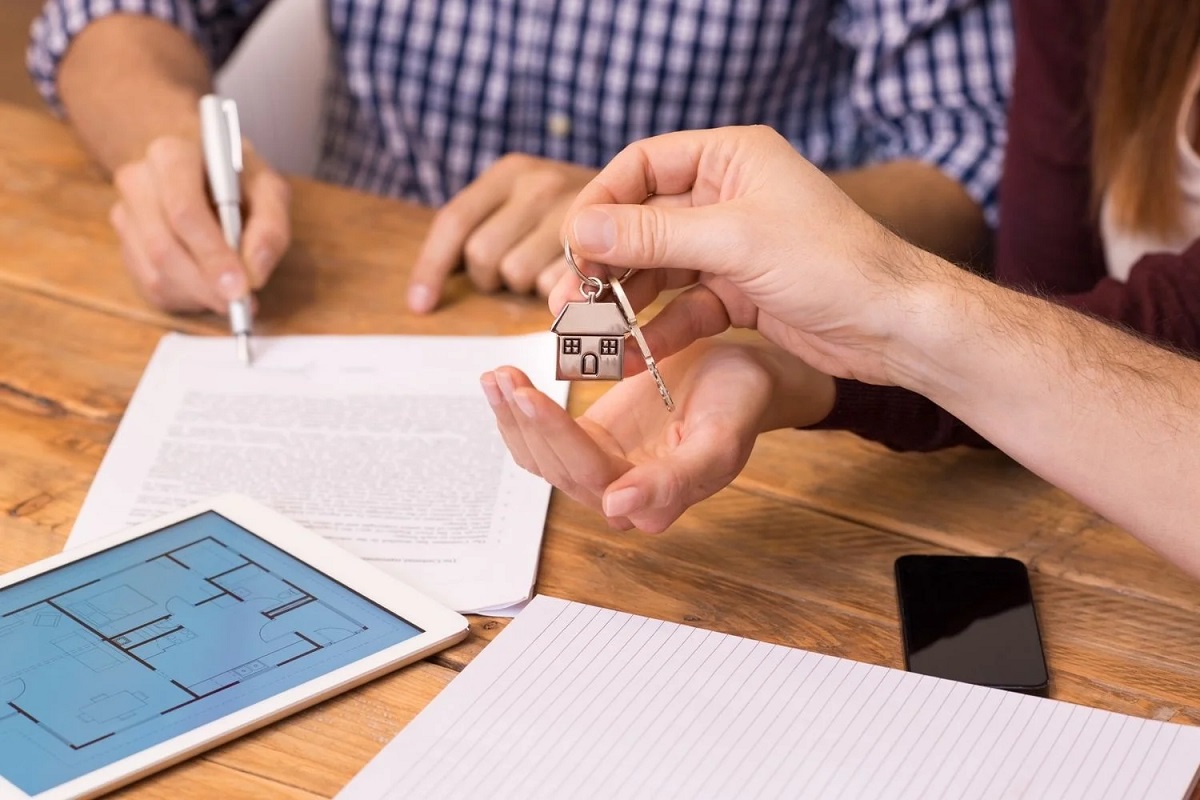

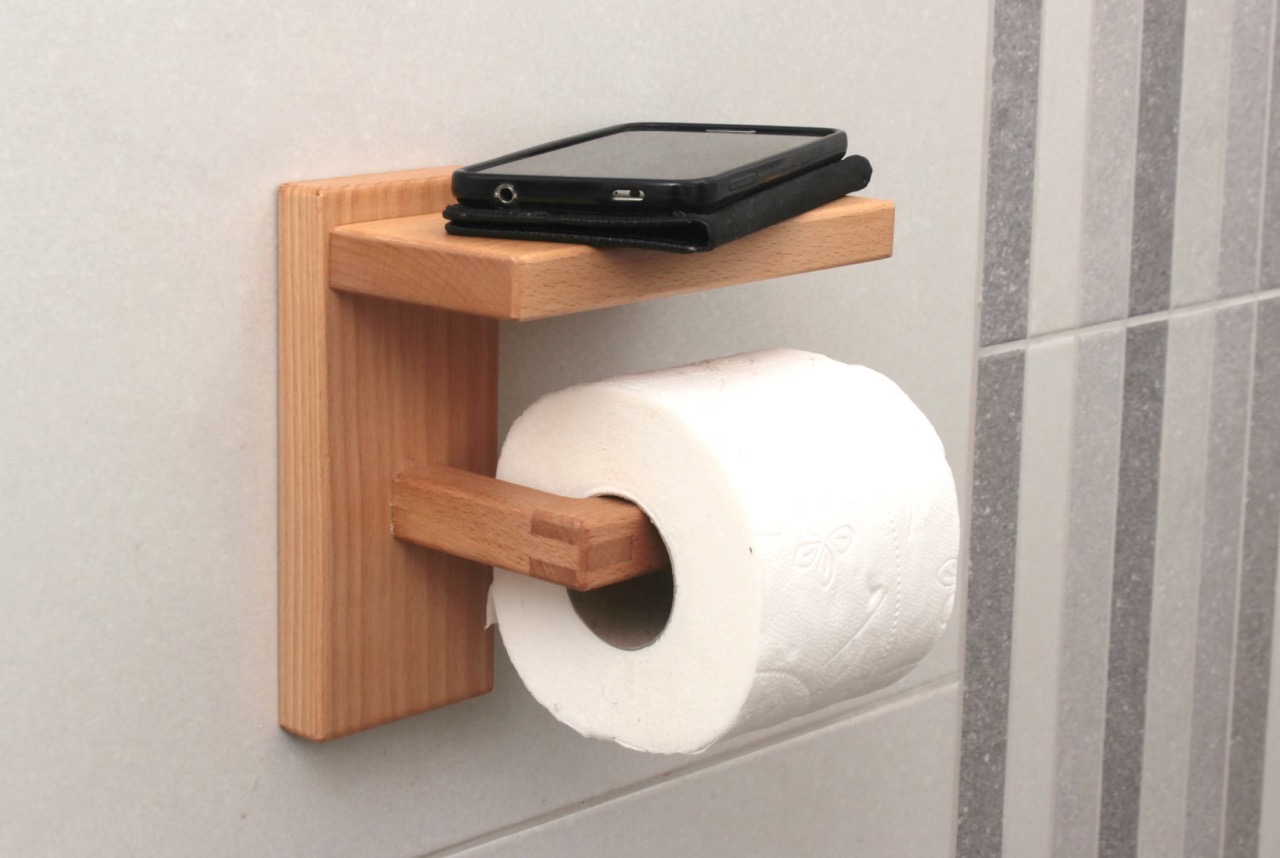
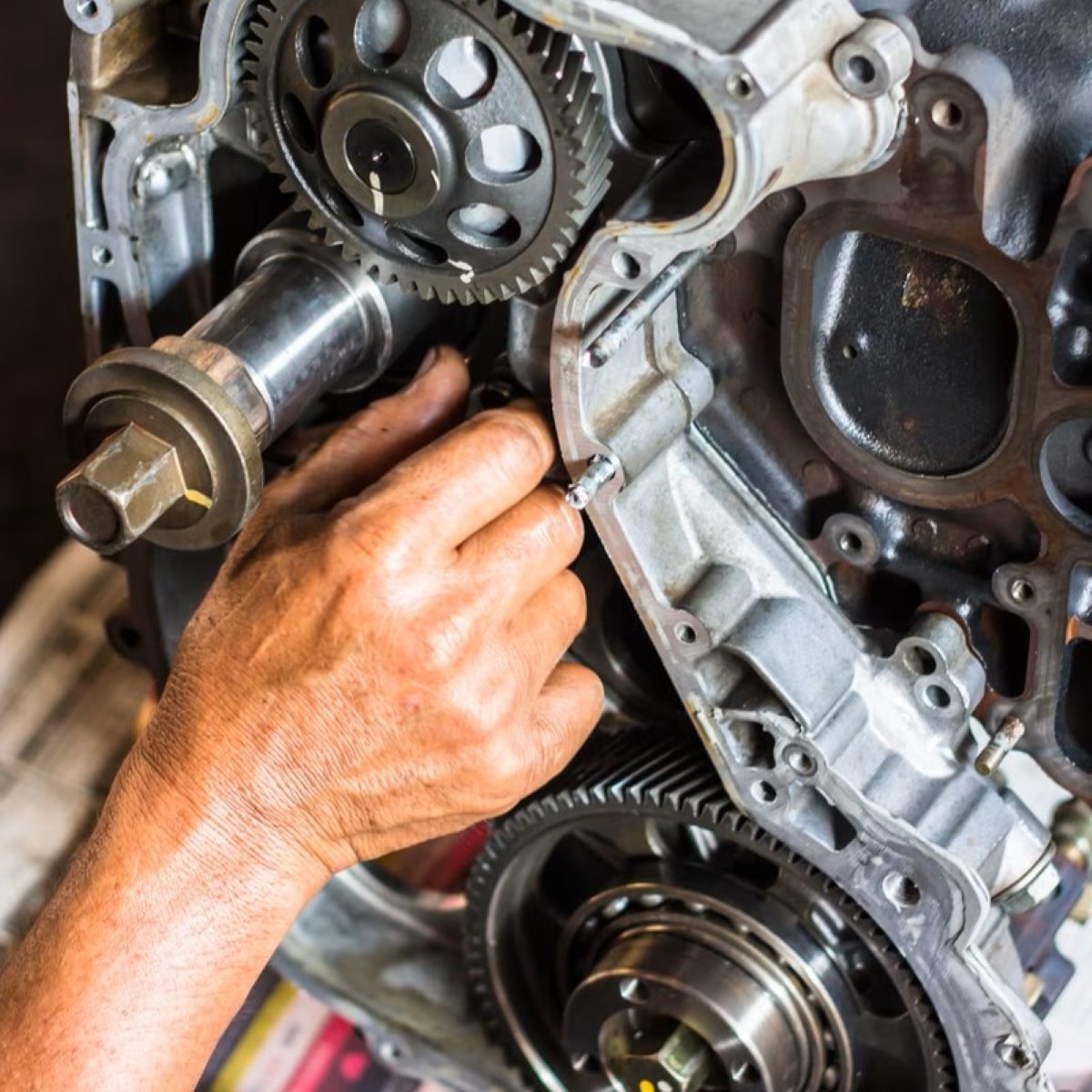

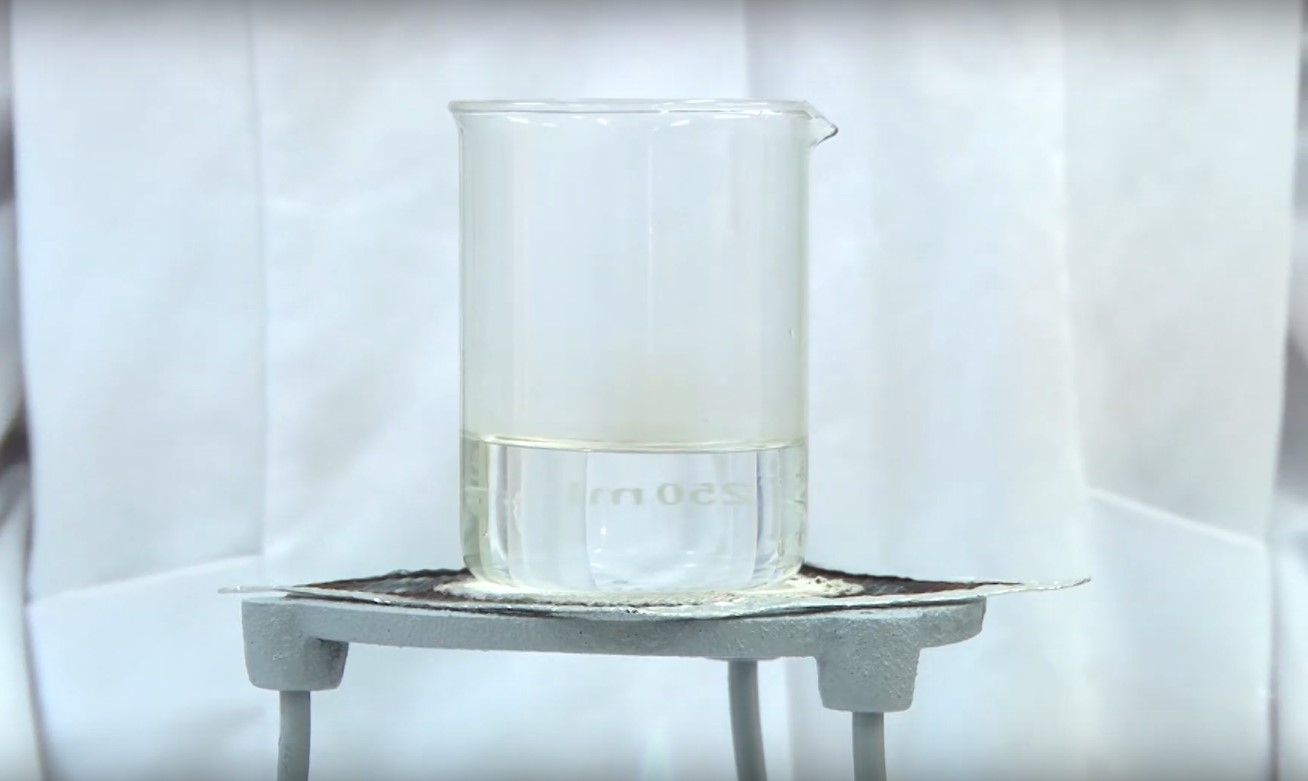

0 thoughts on “What Should Be Done After Reassembling A Laptop But Before Installing The Battery Or Ac Adapter”